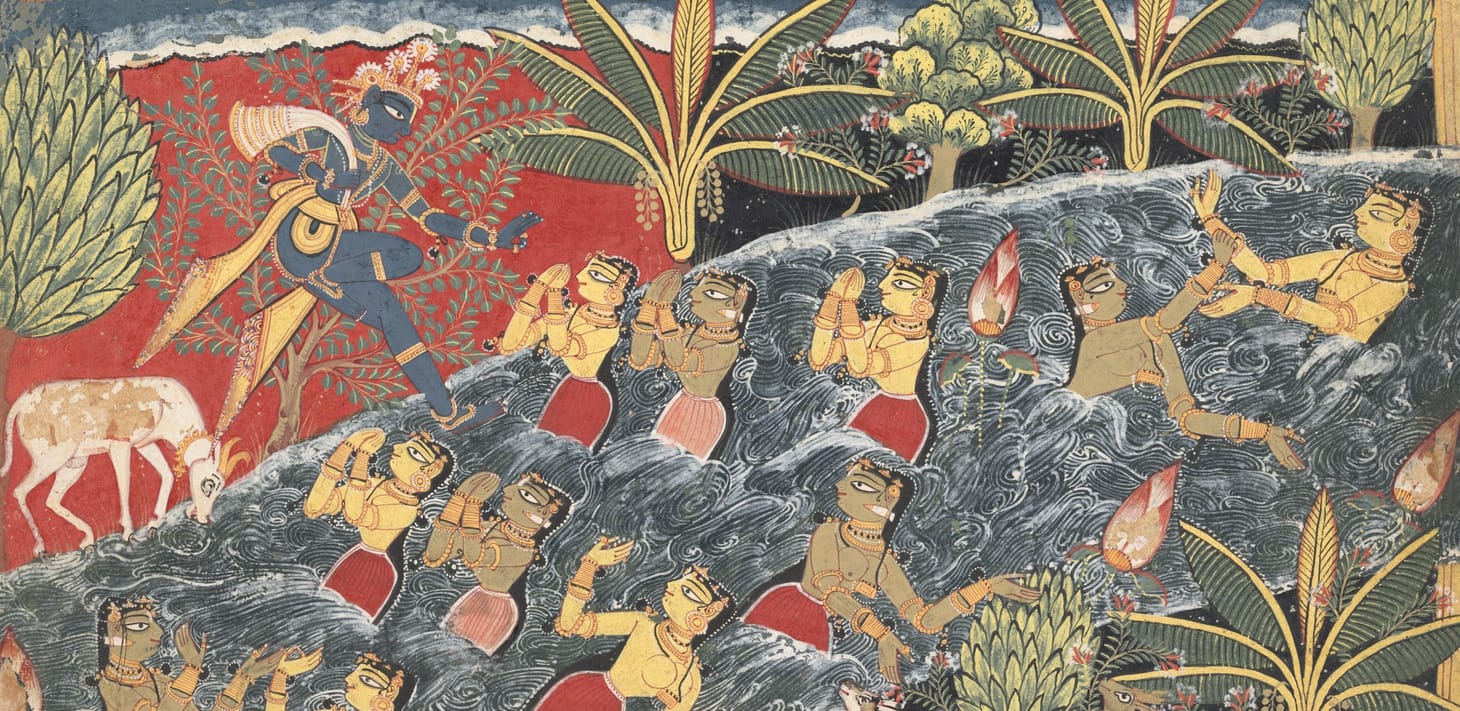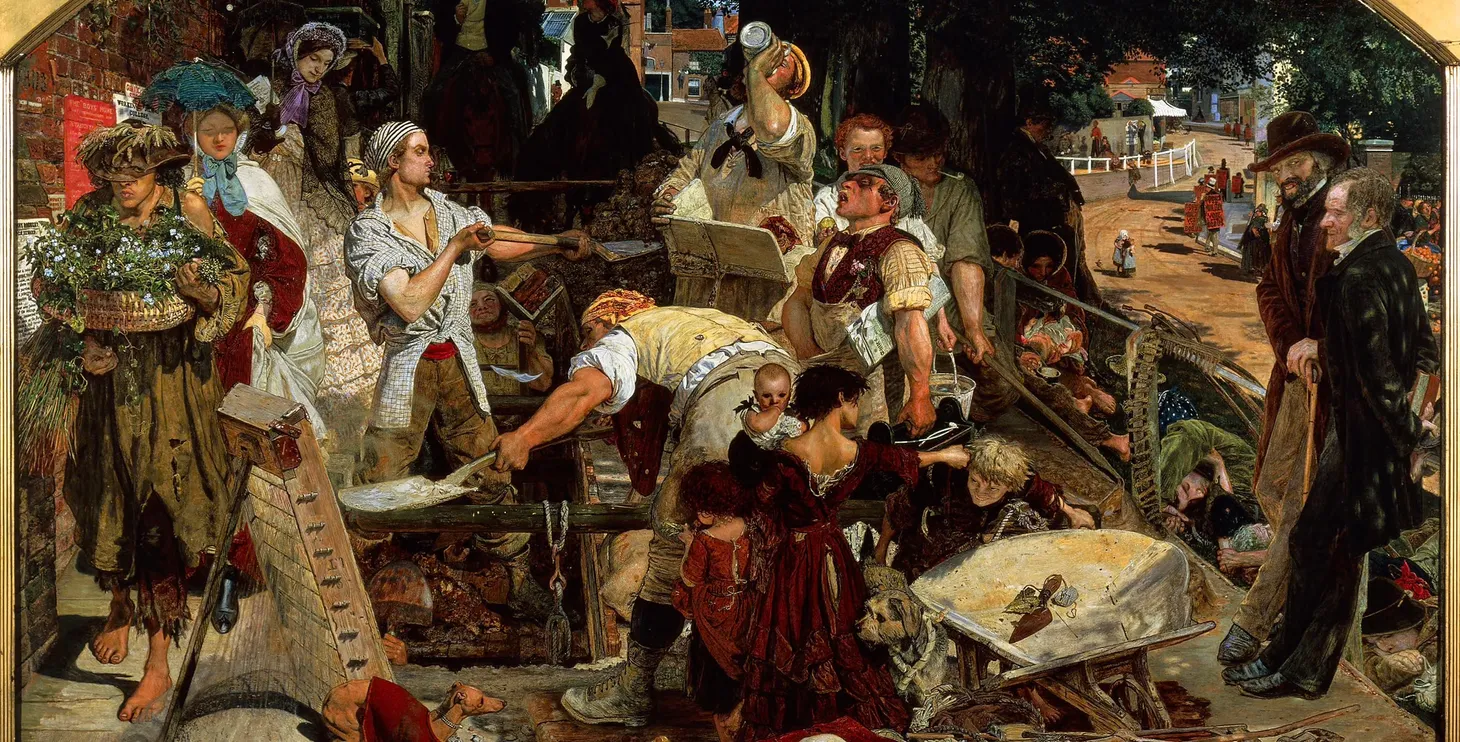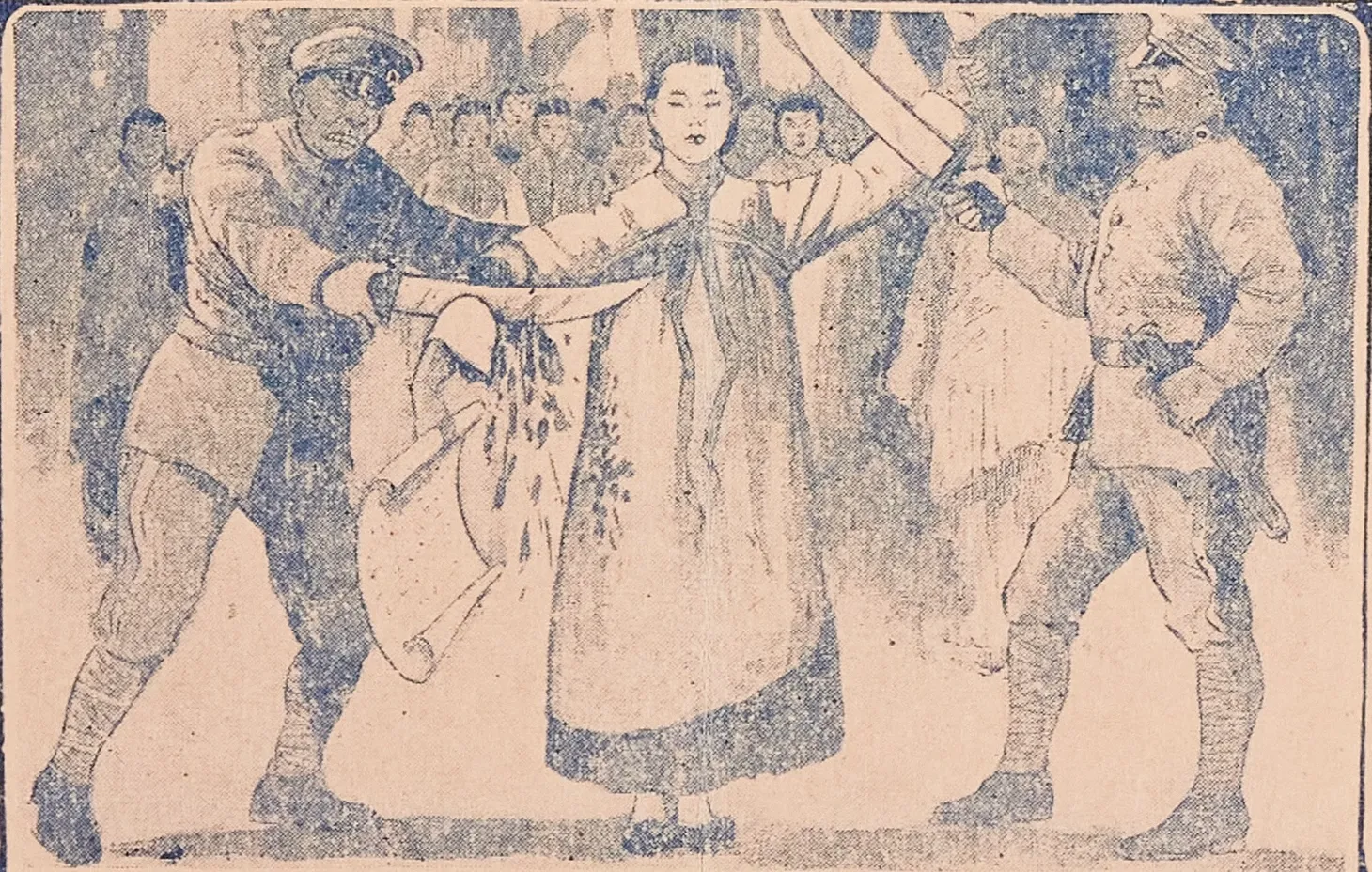“Little Rain During the Monsoon”: The Culture of the Little Ice Age in Europe and India
Discussion of teaching the Little Ice Age in India

In 1939, the Dutch geologist François Matthes coined the phrase “Little Ice Age” after studying the remnants of glaciers. Ice and glaciers should seemingly be the core of any discussion or teaching of the Little Ice Age. But do they need to be? What did the Little Ice Age look like in those parts of the world where glaciers didn’t exist?
Sugata Ray’s Climate Change and the Art of Devotion: Geoaesthetics in the Land of Krishna, 1550-1850 completely changed my understanding of the Little Ice Age. As someone who has traveled extensively in the part of India that is the book’s focus, I was intrigued even before I opened the cover. But what really captured me was how Ray, in the opening pages, “decolonized” the idea of the Little Ice Age:
Yet internal to the classification of the Little Ice Age is embedded an Alpinocentrism (read, Eurocentrism) that both names and designates an entire climatic period in world history based on declining temperatures in Europe. The effects of the climatic upheavals were unequivocally global. But its manifestation in South and Southeast Asia, Africa, and coastal South America was distinctly dissonant from that of Europe.
The Little Ice Age witnessed an abnormally high occurrence of the warm phase of the El Niño Southern Oscillation in the central and east-central equatorial Pacific coastline off South America. Associated with a band of warm ocean water that is accompanied by high air pressure in the western Pacific and low air pressure in the eastern Pacific, the El Niño Southern Oscillation leads to significant monsoon failures in Africa, South Asia, and Southeast Asia. Archival records reveal that between the 1550s and the 1850s—in the period of the Little Ice Age—the number of global El Niño events were unprecedented…Thus, from a different geo-perspective, the Little Ice Age may well be designated as the age of droughts.
And just like that, I began to rethink the idea of the Little Ice Age. Was the Little Ice Age more of a global phenomenon with different regional manifestations? Were there other paintings that captured the local manifestations of the Little Ice Age that were as powerful as those images of frozen rivers across Northern Europe? How did people around the world understand weather events that didn’t make sense to their “normal” experience?
In 2021, Shane Carter and Berkeley’s Office of Resources for International and Area Studies (ORIAS) hosted a workshop on the Little Ice Age for teachers. Shane used the phrase “affective experience of the Little Ice Age” to describe how people responded to and understood the atypical weather of the Little Ice Age. In this final post, I plan to compare the Little Ice Age in Europe to the Age of Droughts in India. South Asians also experienced atypical phenomena during the sixteenth and seventeenth centuries but responded surprisingly differently than Europeans.
How Europeans Responded to the Little Ice Age
This content is for Paid Members
Unlock full access to Liberating Narratives and see the entire library of members-only content.
SubscribeAlready have an account? Log in



